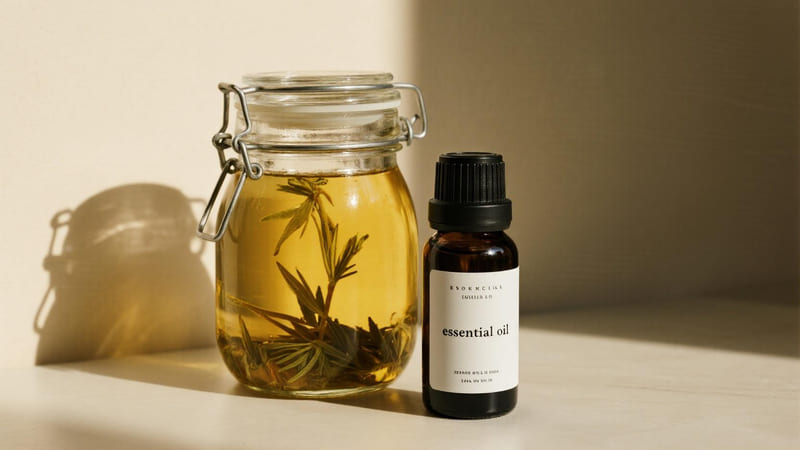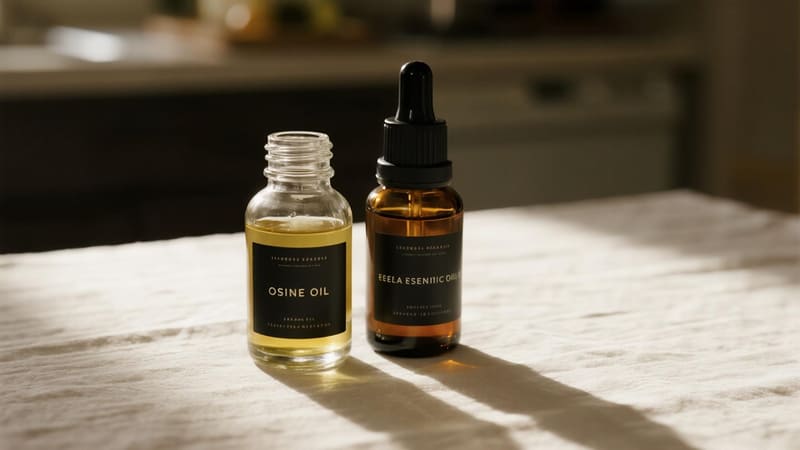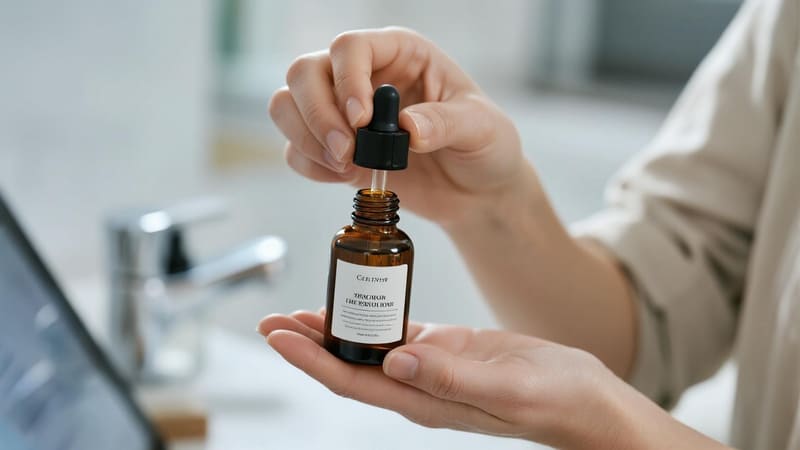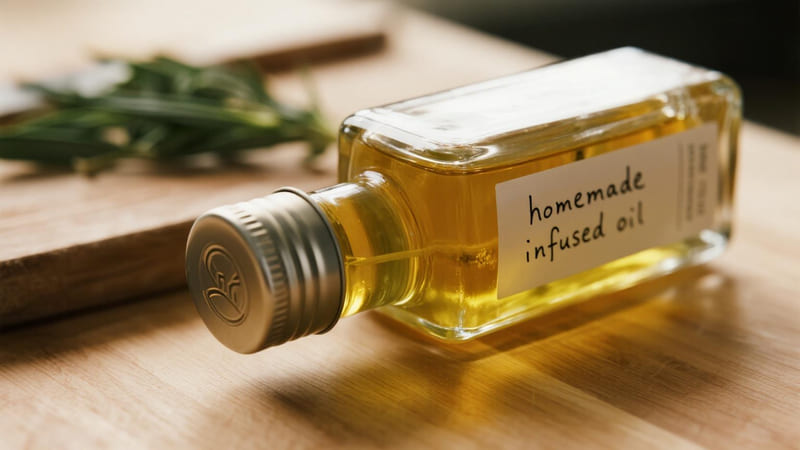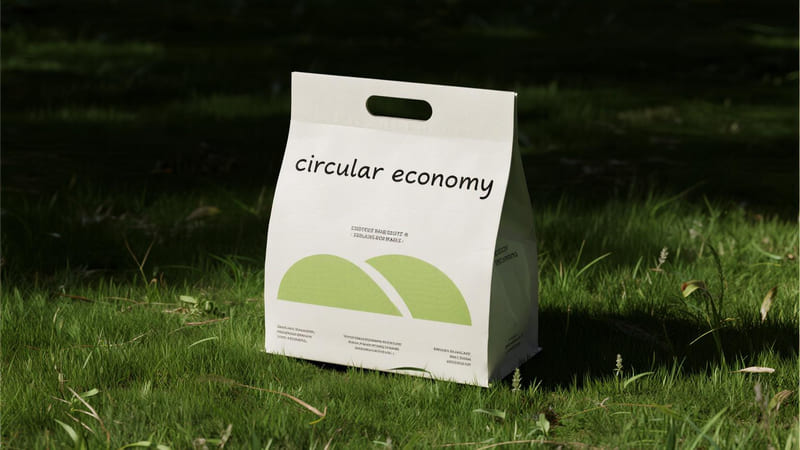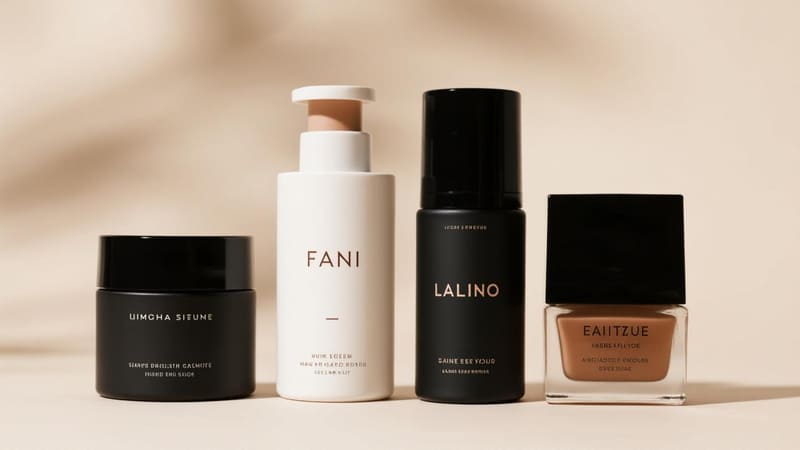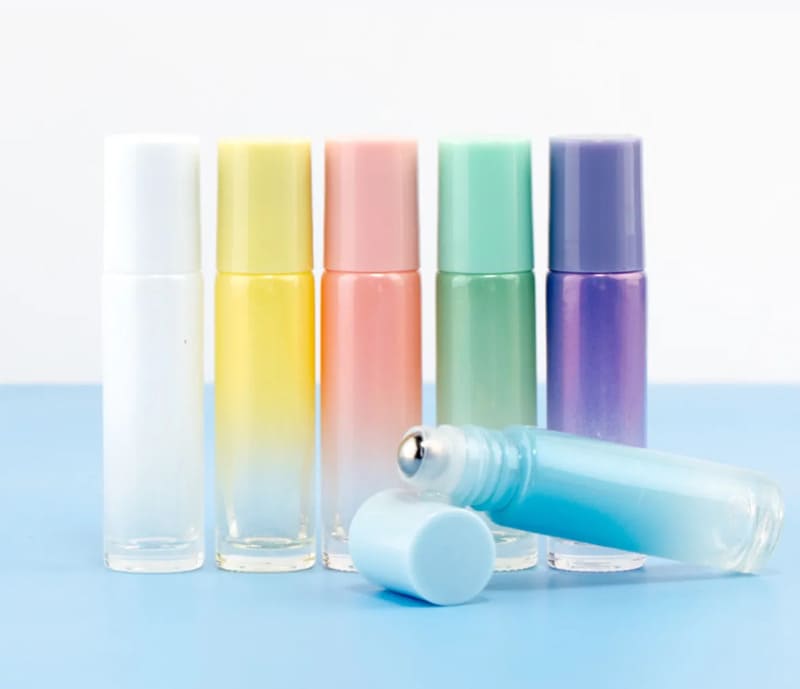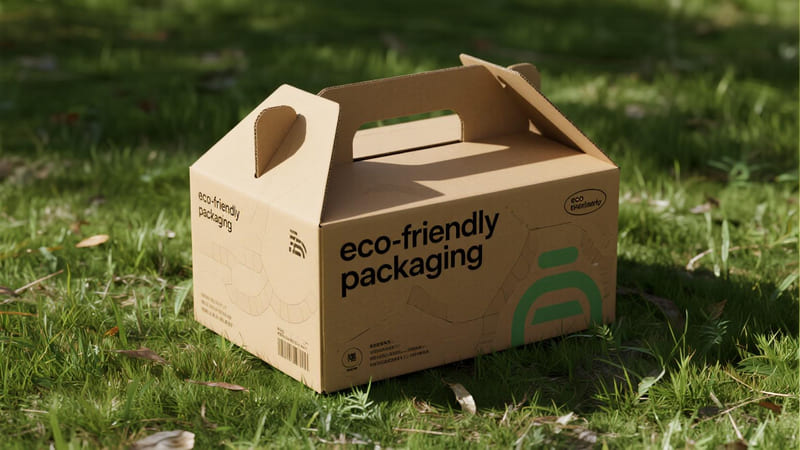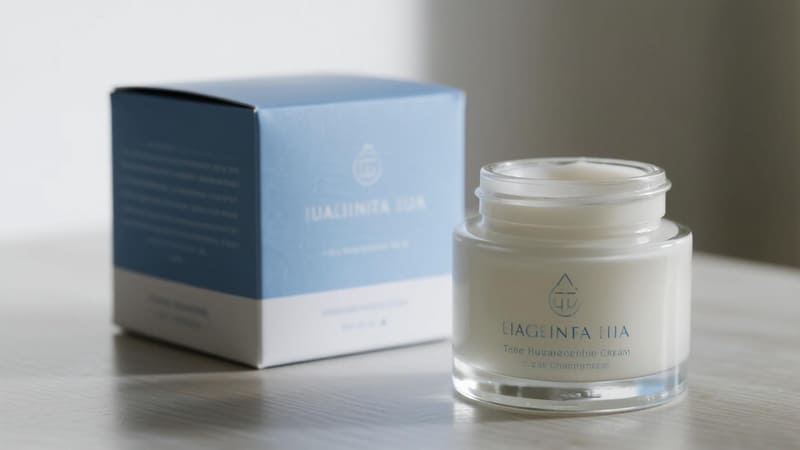Confused by "infused" versus "essential" oils? Using the wrong one can ruin your formula, waste money, and even irritate skin. I’ll clarify the difference so you choose correctly.
The main difference is how they are made and their concentration. Essential oils are highly concentrated aromatic compounds extracted from plants, usually through steam distillation. Infused oils are made by steeping plant material in a carrier oil, transferring the plant’s properties more gently.
Now you know the basic distinction, but this difference in production creates two very different ingredients. It affects their strength, how you can use them, their safety profile, and even the type of packaging they need. To make the right choice for your product, you need to understand these details. Let’s break down what each one really is and when you should use it.
What does infused oil mean?
You see "infused oil" on product labels, but what is actually happening inside that bottle? The process seems simple, but it’s what determines the final product’s quality and best use.
Infused oil, also called a macerated oil, means a carrier oil like olive or sunflower oil has been steeped with plant material. This could be flowers, leaves, or roots. The oil works as a solvent, absorbing the plant’s fat-soluble compounds and gentle aroma.
This gentle process is something I discuss with clients who want to work with delicate botanicals. For example, the beautiful compounds in calendula flowers would be destroyed by the high heat of steam distillation used for essential oils. Infusion is the perfect way to capture their soothing properties.
The Infusion Process
There are two main ways to make an infused oil. The method chosen affects the final product.
- Cold Infusion: This is the traditional, slow method. Dried plant material is placed in a jar, covered with a carrier oil, and left to steep in a warm, sunny spot for several weeks. It’s a very gentle process that preserves the delicate properties of the plant.
- Warm Infusion: This is a faster method. The oil and plant material are gently heated together in a double boiler for several hours. The heat speeds up the infusion process. You have to be careful not to overheat the oil, as this can damage both the oil and the plant compounds.
Here’s a quick comparison:
| Method | Process | Best For | Pros & Cons |
|---|---|---|---|
| Cold Infusion | Slow steeping in the sun for 2-6 weeks. | Delicate flowers like calendula, chamomile. | Pro: Preserves delicate compounds. Con: Takes a long time. |
| Warm Infusion | Gentle heating for 1-5 hours. | Hardy roots and resins like comfrey. | Pro: Much faster. Con: Risk of overheating. |
Are infused oils better than essential oils?
You want the "best" oil for your product. But is "better" about strength or suitability? Choosing one over the other based on a simple assumption can lead to ineffective or even unsafe results.
Neither is "better" overall; they are different tools for different jobs. Essential oils are potent and best for strong aromas and specific actions. Infused oils are much gentler, safer for direct application, and also provide the nourishing benefits of the carrier oil itself.
The idea of "better" always depends on the goal. I had this exact conversation with my client Mohammed from Iraq. He was creating a gift set with soap and a body oil. For the soap, he needed a strong, lasting scent, so we chose a peppermint essential oil. For the body oil, he wanted something gentle and moisturizing that could be applied generously. An infused calendula oil was the perfect choice. One was not better than the other; they were right for their specific purpose.
Comparing Key Attributes
Let’s break down the key differences to help you decide which one you need.
| Attribute | Essential Oil | Infused Oil |
|---|---|---|
| Strength | Highly concentrated and potent. Use in drops. | Very gentle and mild. Use by the spoonful. |
| Safety | Must be diluted. High risk of skin irritation. | Generally safe for direct skin application. |
| Aroma | Strong, volatile, the "essence" of the plant. | Subtle, mild, smells like the plant and the carrier oil. |
| Cost | Can be very expensive due to high plant volume needed. | Relatively inexpensive to make or buy. |
| Use Case | Aromatherapy, perfumery, potent active ingredient. | Massage oils, salves, balms, gentle skincare. |
What can I use infused oil for?
So you have a bottle of beautiful, fragrant infused oil. Now what? Its gentle nature makes it incredibly versatile, but you need to know where it truly shines to get the most from it.
Infused oils are perfect for applications where the product will be left on the skin for a long time. Use them as massage oils, facial serums, body moisturizers, in healing salves, lip balms, and as a nourishing ingredient in lotions and creams.
The gentle nature of infused oils makes them a star ingredient in many natural products. My client Anna, who has a successful cosmetics brand in Thailand, uses a chamomile-infused jojoba oil as the base for her best-selling calming face serum. Because the infusion is so gentle, it’s perfect for her customers with sensitive skin. We package it in our frosted glass dropper bottles to protect the delicate oil and give it a premium, clinical look that builds customer trust.
Common Applications
Infused oils are workhorses in natural formulations. Here are some of their best uses:
- Direct Skincare: They can be used directly on the skin as a moisturizer or facial oil. The oil delivers the plant’s benefits along with the fatty acids and vitamins from the carrier oil.
- Massage Oils: Their smooth texture and gentle properties make them an ideal base for massage oils, helping to soothe both muscles and skin.
- Salves and Balms: Infused oils are the foundation of solid salves and balms. When mixed with beeswax, they create a protective barrier on the skin, perfect for chapped lips or dry patches.
Here are some popular pairings:
| Application | Recommended Infused Oil | Why It Works |
|---|---|---|
| Soothing Salve | Calendula or Comfrey Infused Oil | Known for their skin-healing and calming properties. |
| Relaxing Massage Oil | Lavender Infused Oil | The gentle scent of lavender promotes relaxation. |
| Anti-Aging Face Serum | Rosehip or Carrot Infused Oil | Rich in antioxidants and vitamins for skin repair. |
Are homemade infused oils safe?
Making your own infused oil sounds like a rewarding DIY project. But without proper care, you could be brewing harmful bacteria instead of botanical benefits. Let’s make sure your project is safe.
Homemade infused oils are safe only if you follow strict hygiene rules and use completely dry plant materials. The biggest risk comes from moisture. Any water can allow mold and dangerous bacteria, like Clostridium botulinum, to grow, especially when using fresh herbs.
Safety and stability are non-negotiable in product making. At ShineTop, our factories have strict sterilization protocols for all our jars and bottles. You should adopt a similar mindset at home. The risk is real. Botulism from improperly prepared garlic-infused oil is a well-known danger. You must prioritize safety over convenience.
Key Safety Protocols
To make infused oils safely, you must control for moisture and contamination.
- Always Use Dried Herbs: Fresh herbs contain water, which is the enemy of a safe oil infusion. Water creates an anaerobic (oxygen-free) environment where bacteria like botulism can thrive. Always use completely, thoroughly dried plant material.
- Sterilize Everything: Before you start, sterilize your jars, lids, and any funnels or strainers you will use. You can do this by boiling them in water or running them through a hot dishwasher cycle. This kills any existing microbes.
- Proper Storage: Once your oil is made, storage is key to its longevity. Store it in a cool, dark place. Light and heat can make the oil go rancid faster. Using a dark amber or cobalt blue glass bottle is the best practice. This is why we sell so many of them—they provide essential UV protection, keeping the product inside stable and safe for longer.
Conclusion
Essential oils are potent extracts for scent and power. Infused oils are gentle carriers of botanical benefits. Understanding this key difference ensures you choose the right, safe, and effective oil.

